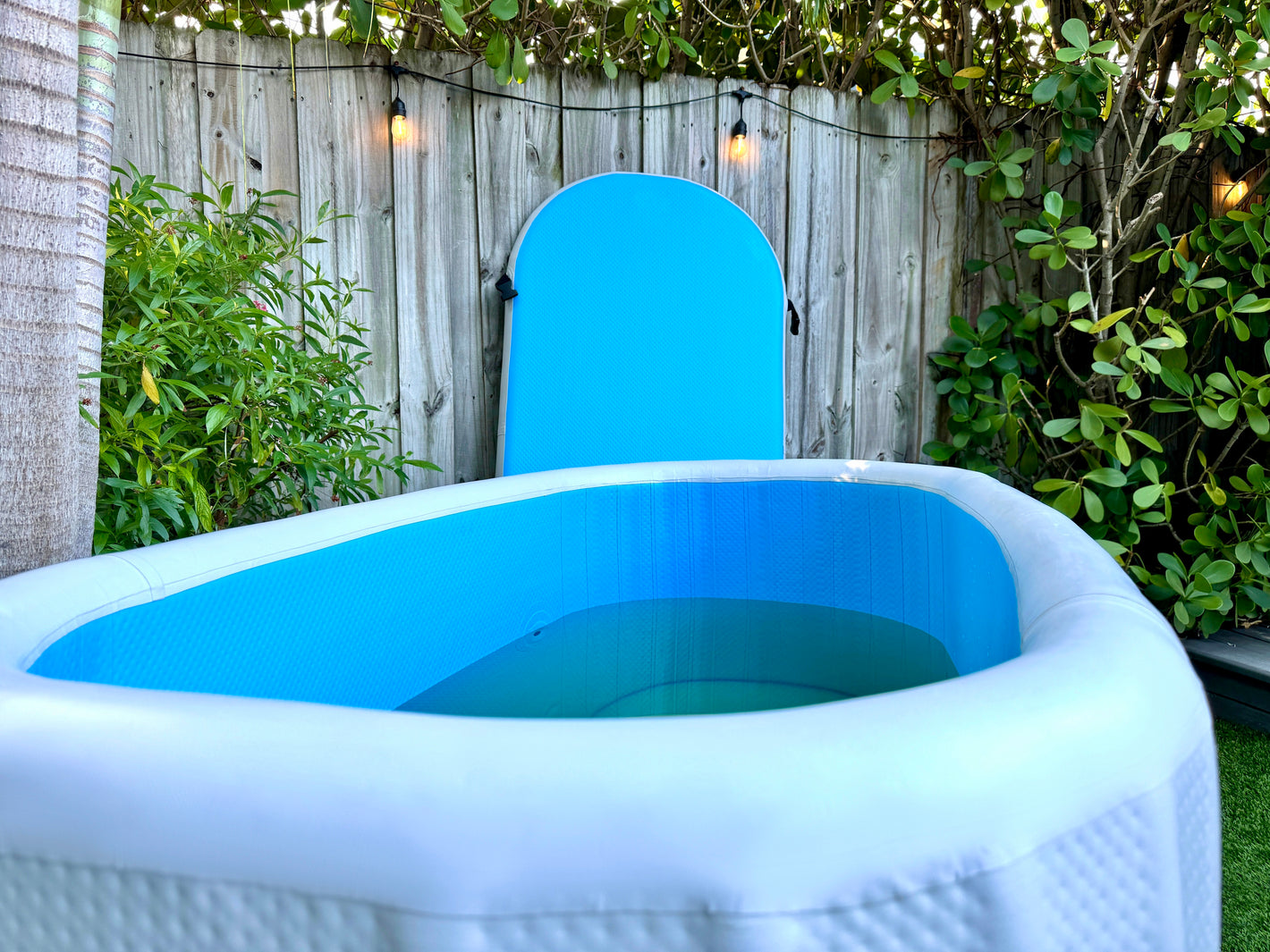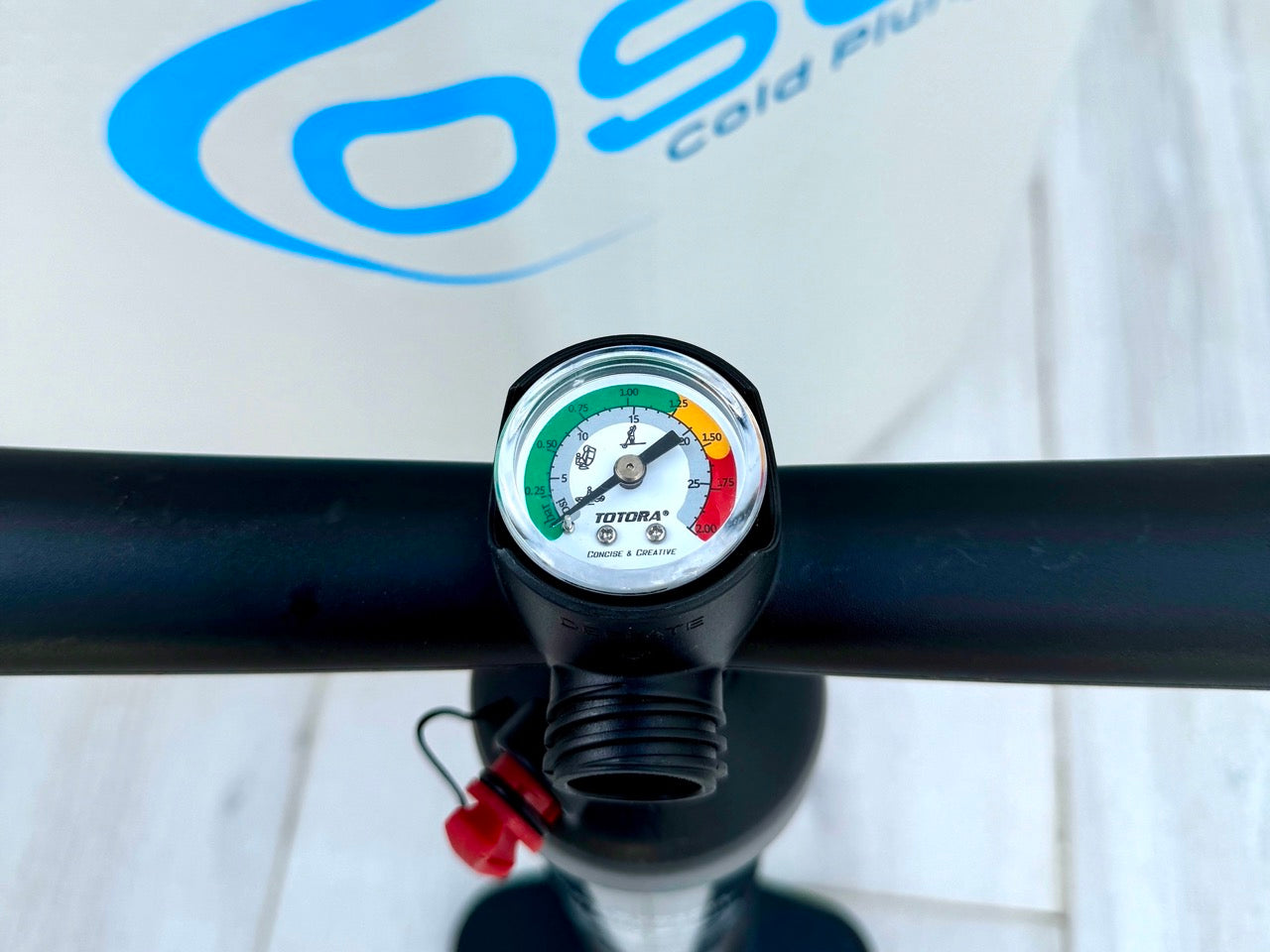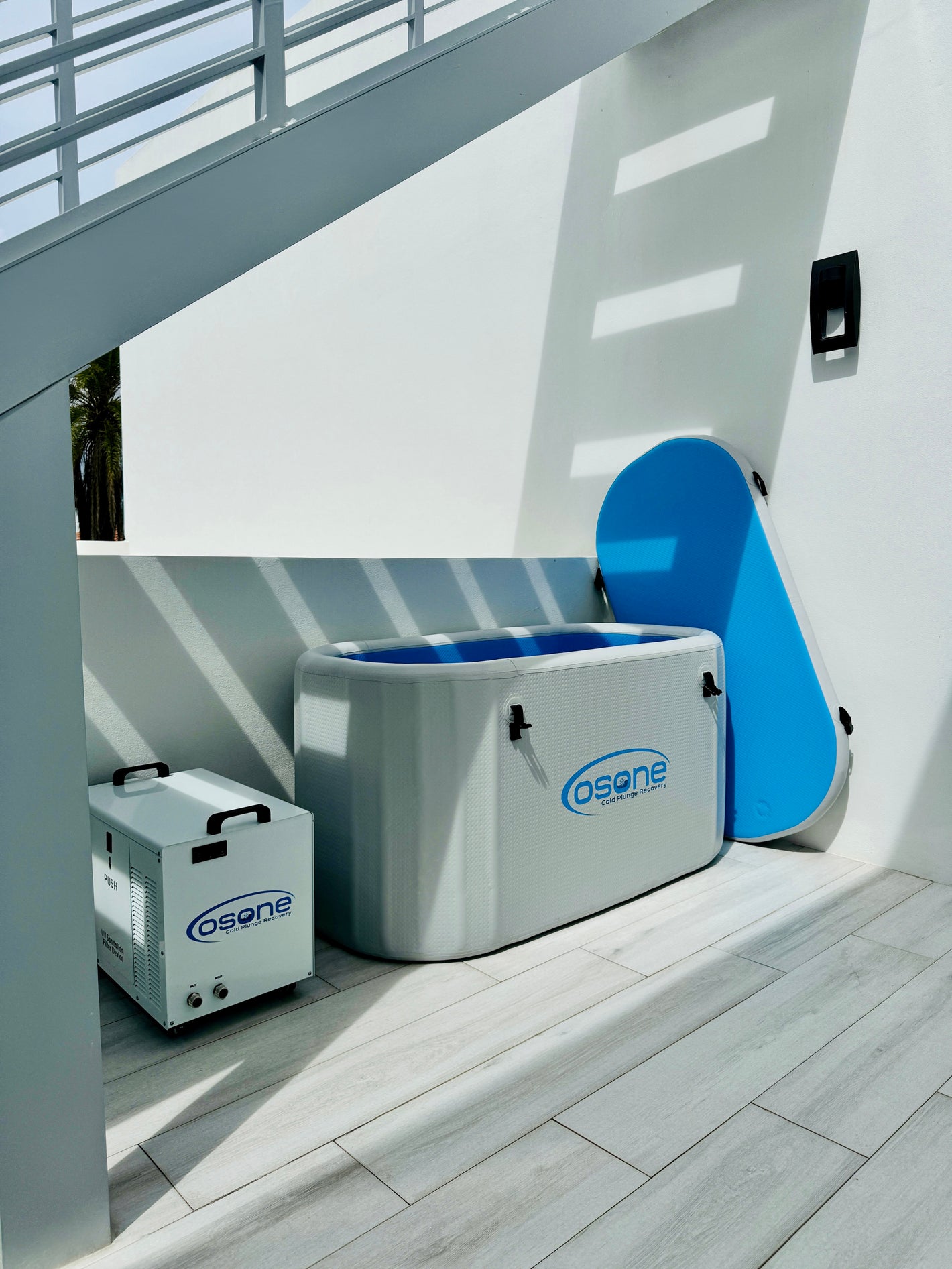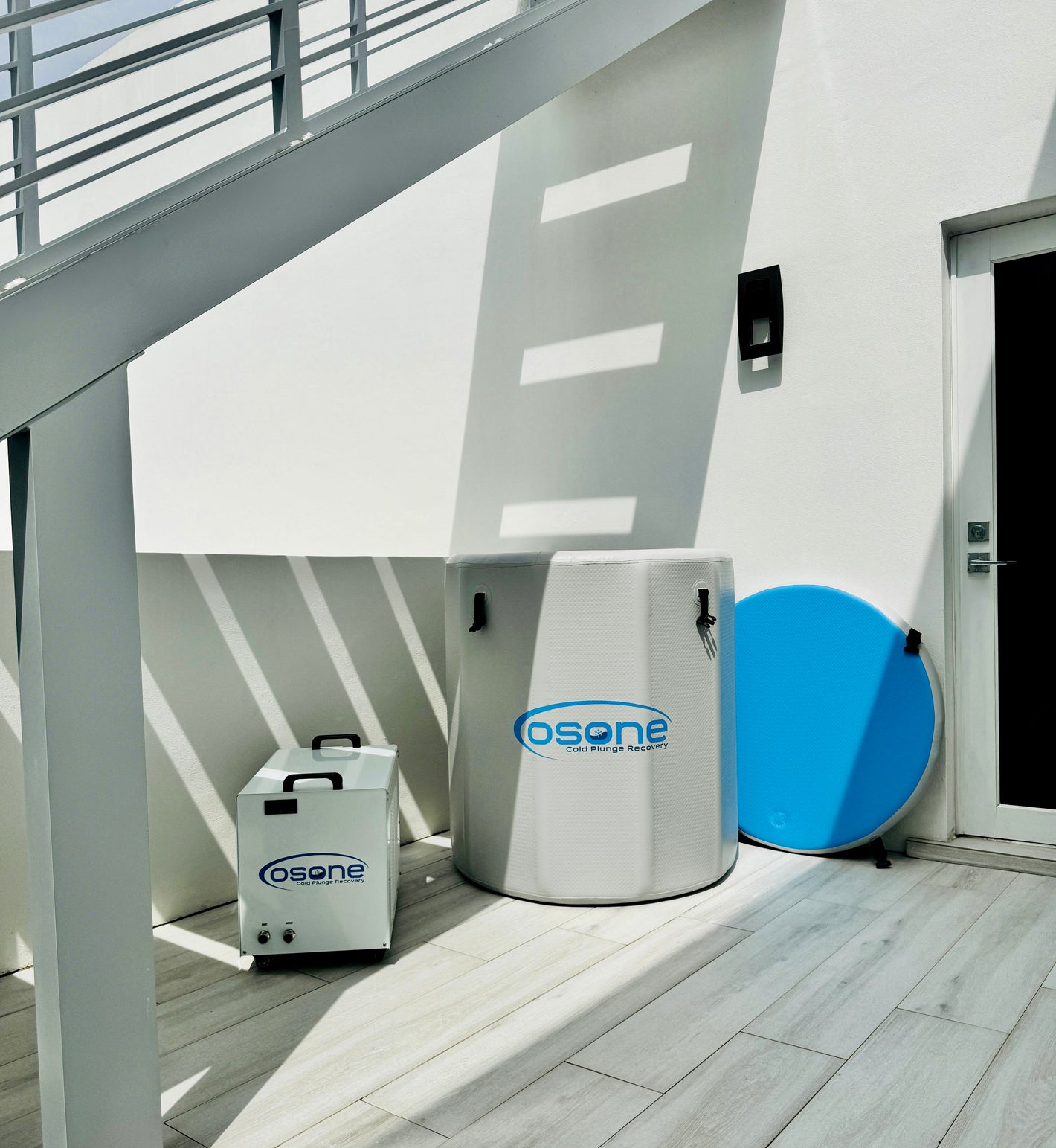When engaging in a cold plunge, immersing your body in cold water, there's a specific nerve in the back of your neck that you want to target to achieve maximum physiological benefits: the vagus nerve. This nerve plays a central role in the parasympathetic nervous system, which is responsible for promoting relaxation, reducing stress, and enhancing overall recovery. Proper stimulation of the vagus nerve through cold exposure can lead to a range of health improvements, from improved heart rate variability to reduced inflammation.
The vagus nerve is the longest cranial nerve in the body, extending from the brainstem down through the neck and into the thorax and abdomen. Its influence is vast, affecting many vital organs, including the heart, lungs, and digestive tract. One of its most important functions is to help regulate the body’s autonomic nervous system, balancing the fight-or-flight response with the rest-and-digest state. Activating the vagus nerve can shift the body into a more relaxed, parasympathetic state, which is why it has become a focal point for those seeking to improve mental and physical well-being.
Cold exposure is a powerful and natural way to stimulate the vagus nerve. When the back of the neck is submerged in cold water, receptors in the skin send signals to the brain, triggering an array of physiological responses. This immersion prompts a decrease in heart rate, a reduction in stress hormones like cortisol, and an increase in mood-regulating neurotransmitters such as serotonin and dopamine. Over time, regular cold plunges can help enhance vagal tone, which is a measure of how well the vagus nerve functions. High vagal tone is associated with better emotional resilience, improved digestion, and a lower risk of chronic diseases.
To properly stimulate the vagus nerve during a cold plunge, it's essential to ensure that the back of your neck is fully submerged in the water. This can be done by leaning back in the water or gently tilting your head backward until the neck and lower head are covered. While the initial contact with cold water may feel uncomfortable, it’s important to breathe deeply and calmly. Controlled, slow breathing helps activate the parasympathetic response, complementing the vagus nerve stimulation and preventing the body from going into a heightened stress response.
Cold plunging can be done in various settings, including a cold plunge pool, a tub filled with ice water, or even a natural body of cold water like a lake or river. Beginners should start with shorter durations, typically around 3 minutes, and gradually increase their time as they become more accustomed to the cold. It’s also advisable to start with water temperatures around 50-60°F (10-15°C) before attempting lower temperatures.
The benefits of stimulating the vagus nerve through cold plunging extend beyond immediate physical sensations. With consistent practice, many people report improved mood, better sleep, increased energy, and reduced anxiety. Additionally, cold exposure can promote better circulation and support the immune system by encouraging the production of white blood cells.
In conclusion, targeting the vagus nerve during a cold plunge by submerging the back of your neck can yield significant health benefits. Whether you're seeking improved mental clarity, faster recovery after exercise, or a boost to your overall well-being, regular cold plunging can be a valuable tool. As always, consult with a healthcare professional before starting any new wellness practice, especially if you have existing medical conditions or concerns.






